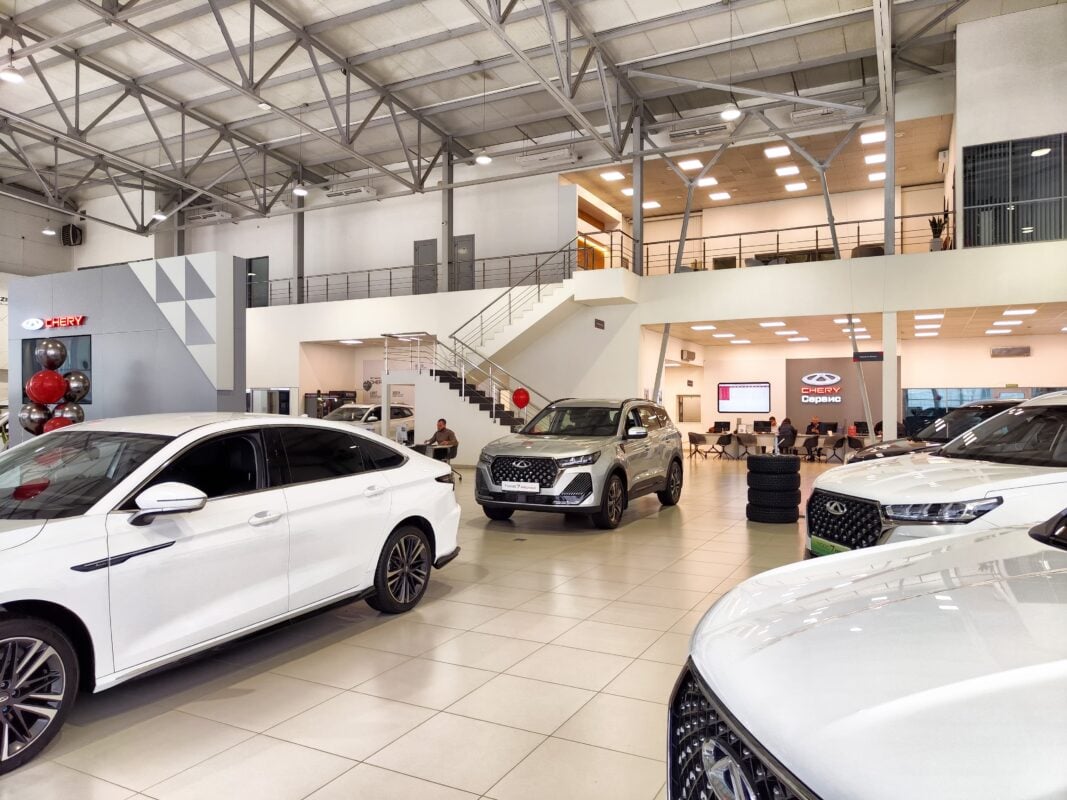TLDRs;
- China’s car dealers face mounting losses as online auto sales surge and price wars squeeze margins.
- Dealer sales dropped 10% in 2025 after an 18% fall in 2024, signaling structural weakness.
- Tight financing and slow turnover have left many dealers struggling to stay solvent.
- Ecommerce platforms and direct sales are redefining how Chinese consumers buy cars.
China’s once-powerful network of car dealerships is reeling from an unprecedented combination of price wars, evaporating profits, and the rapid rise of online auto sales.
As automakers pivot toward digital platforms and direct-to-consumer models, traditional dealers, long the backbone of China’s car retail ecosystem, are being left behind.
According to data from the China Passenger Car Association (CPCA), sales among 14 major dealership groups fell 10% in the first half of 2025, following an 18% slump in 2024. What began as a cyclical slowdown now appears to have become a structural shift that’s reshaping how Chinese consumers buy cars.
Cui Dongshu, CPCA’s general secretary, said the trend is unsustainable.
“Most dealers are operating at significant losses and struggling to generate positive cash flow.” He said.
His comments underscore growing alarm that China’s traditional sales channels may not survive in their current form.
Price War Pushes Dealers to the Edge
The current crisis has been exacerbated by an ongoing price war among automakers, as brands slash prices to maintain market share amid slowing consumer demand. Major manufacturers have engaged in deep discounting, compressing margins throughout the value chain and leaving dealers with little room to breathe.
Car prices across China have dropped sharply since early 2024, with some electric vehicle makers offering discounts as high as 20% on certain models. While the aggressive pricing helped boost online traffic, it decimated dealer profitability.
Most dealerships rely heavily on floorplan financing, short-term loans used to purchase vehicle inventory. When cars fail to sell quickly, these loans pile up interest and increase liquidity pressure. With weak turnover and negative cash flow, many dealers are finding it harder to service their debts.
Banks Pull Back, Non-Bank Lenders Step In
Facing escalating risks, Chinese banks have grown cautious in lending to dealerships. In response, the CPCA has urged financial institutions to extend a “lifeline” to the sector, warning that a wave of bankruptcies could sweep through the industry if no support arrives.
However, mainstream banks remain reluctant. The gap is being filled by specialized non-bank lenders, finance companies that offer credit backed by tighter collateral controls or real-time inventory tracking. These players are leveraging technology to monitor car stocks, helping mitigate default risks in a volatile market.
In parallel, new B2B liquidation platforms have emerged to offload aged or slow-moving inventory. These digital marketplaces connect struggling dealers with secondary buyers and alternative sales channels, providing quick liquidity at the cost of transaction fees that scale with urgency.
Ecommerce Reshapes the Auto Landscape
At the heart of this transformation is the ecommerce revolution. Automakers are increasingly bypassing traditional dealerships and selling vehicles directly through their websites or major online platforms such as JD.com and Alibaba’s Tmall. Consumers, now accustomed to browsing cars online, can reserve, customize, and even complete purchases without ever visiting a showroom.
This digital shift has eroded the relevance of the traditional “four-in-one” dealer model, covering sales, after-sales service, spare parts, and insurance. Out of roughly 30,000 dealerships across China, industry analysts warn that many could close within the next two years if current trends continue.
Still, a few innovative dealers are trying to adapt by transforming showrooms into hybrid digital experience centers and integrating ecommerce partnerships. Yet even those efforts may not offset the sheer scale of structural disruption underway.






